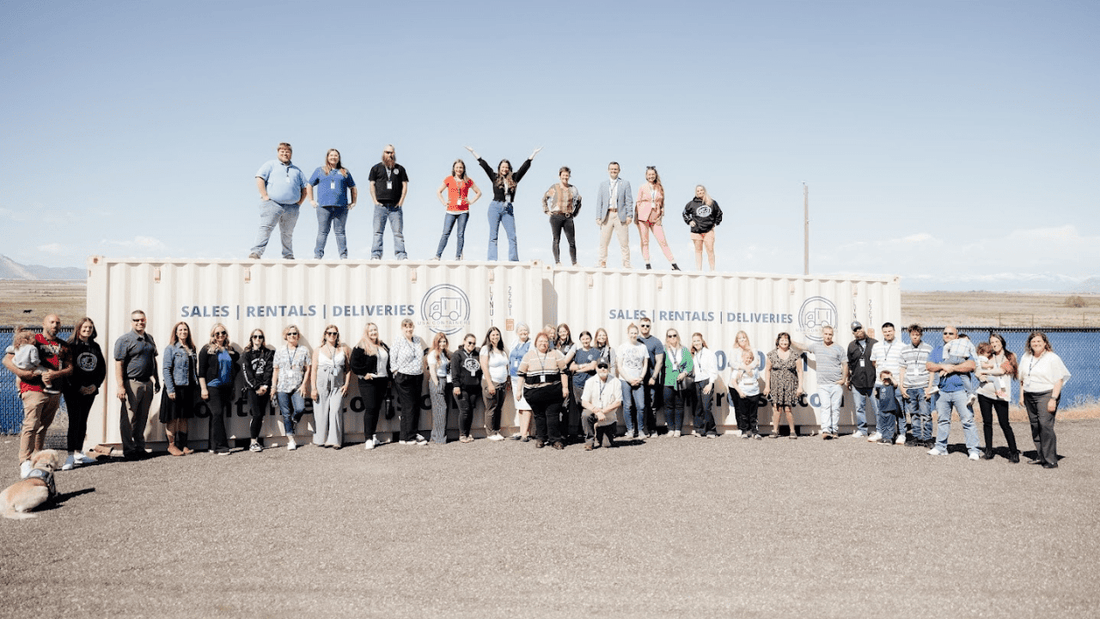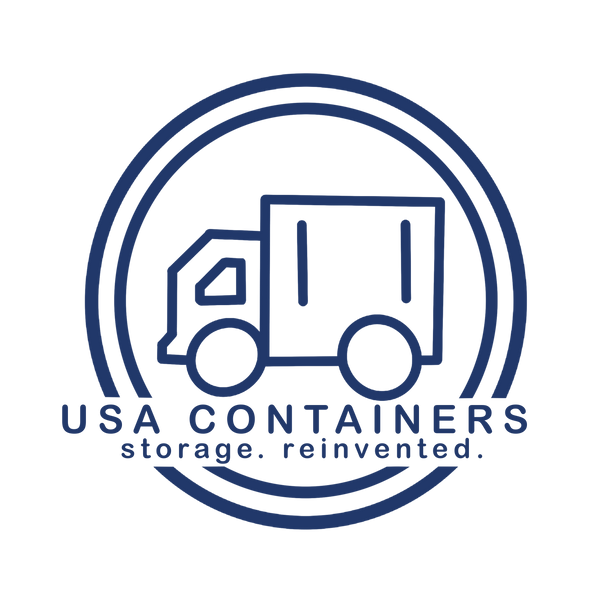
Adapting and Advancing in the Shipping Container Industry: A Customer-Focused Approach
Share
Reprinted with permission from the National Portable Storage Association
In an industry defined by logistics, it can be easy to overlook the human element. But like every other business, the success of a shipping container company is dependent upon customer satisfaction. As the industry continues to evolve, the ways in which sales, operations and logistics teams communicate with their customers must also evolve. Adapting and advancing in the shipping container industry depends on more than just improved efficiency—it requires a strategic, customer-focused approach.
Understanding Today’s Shipping Container Customer
The shipping container industry serves a wide variety of customers, from multinational corporations and construction firms to small business owners, pop-up retailers, and individual buyers looking for modified containers for housing or storage. Each customer has unique needs, but they all desire (and deserve) clear, timely, and personalized communication.
In today’s digital environment, customers expect instant access to information and seamless communication across multiple channels. They want to be able to easily compare container prices, check availability, and track deliveries, and they value responsiveness and transparency.
A customer-focused communication strategy isn’t just about being available; it’s about being available at the right time and in the right ways. Companies that successfully meet their customers where they are will have a competitive advantage in an increasingly crowded market.
Meeting Customers Where They Are
Today’s customers expect to be able to reach brands using a variety of communication methods that can include:
Email: The industry standard for formal communications, proposals, and documentation
Phone and Text: Easy and timely messaging for conversations and delivery updates
Live Chat: A way to provide immediate answers to product inquiries, pricing, or availability
Social Media: Essential for brand awareness, customer engagement, and lead generation
Customer Portals and Mobile Apps: Self-service options for order tracking, support, and answers to frequently asked questions
Video Conferencing: Allows for personal face-to-face consultations
Successful companies recognize that communication preferences vary from customer to customer. A procurement officer at a construction company might prefer phone calls and formal emails, while a startup looking for a container for a pop-up shop might reach out through the company’s Facebook page or request information by chat. Adapting to these preferences shows respect for the customer’s time and communication style, and that can be what converts a lead into a customer.
Personal and Proactive Communication
Personalized communication based on customer data and behavior shows that you are paying attention to their needs. For example, a returning customer who frequently purchases refrigerated containers might appreciate a heads-up when a new shipment of reefer units becomes available. Or customers on a limited budget might want to receive a notification when prices drop.
Using CRM systems to track customer preferences, history, and interactions allows businesses to provide targeted recommendations, follow-up reminders, and even anticipate needs before they arise. Automated, yet personalized, email campaigns, customized quotes, and post-delivery surveys are all effective customer communication strategies.
Proactive communication also includes timely updates during the sales and delivery process. Customers should never have to wonder about the status of their order. Real-time tracking, automated alerts, and status notifications contribute to a positive customer experience.
Streamlining the Sales Process
The first communication with a shipping container company is most often a request for a quote. How that request is handled can mean the difference between a negative review and a repeat customer. Today’s customers expect quick turnaround times, transparent pricing, and clear terms and conditions.
A well-structured quoting system that is integrated with an inventory database can dramatically improve the customer experience. When customers can access an online quote form to receive a detailed quote immediately instead of having to wait to get someone on the phone, they have the ability to make a informed decision quickly and move forward with their plans.
Providing visual aids like 3D diagrams, videos of modifications and accessories, or virtual tours of available inventory can assist customers in the decision-making process. This is especially helpful for clients ordering custom containers for specialized uses such as mobile offices, classrooms, or retail units.
AI and Automation in Customer Communication
As demand for your products increases, automation becomes essential to consistent and scalable communication. Chatbots can handle common customer questions 24 hours a day, freeing up sales and operations staff for tasks that require human interaction. Automated workflows can guide customers through the inquiry, quoting, purchasing, and delivery processes.
While automation can make these processes easier, customers should always have the option to speak with a real person, and automated responses should feel natural, not robotic. Technology should be used to enhance, not replace, human interaction.
Data collection can also help to anticipate customer needs based on seasonal demand, location, or past orders. By analyzing customer data, businesses can offer timely suggestions, promote relevant products, or even get ahead of potential issues—like notifying a client about supply chain issues that might cause delivery delays or recommending an upgrade to a one-trip container when a customer mentions that their container will be placed in a high visibility area.
Training and Empowering Customer-Facing Teams
Even with the best tools and systems in place, human interaction will always be the most meaningful part of customer communication. Sales agents, customer support teams, and delivery drivers are all brand ambassadors. Their tone, responsiveness, and product knowledge leave a lasting impression on the customer.
Training staff to listen carefully, use clear language, and be proactive in solving problemsshows that your company cares about customer needs. Empowering employees to make small decisions like offering a discount for a delayed delivery can turn a potential problem into a positive customer experience.
Finally, whether a client is talking to a sales agent, seeing messaging on social media, or paying an invoice over the phone, the tone and quality of communication should be consistent and customer-focused.
Customer Feedback: Listening to Improve
One of the most valuable tools in your customer communication strategy is feedback. Requesting and analyzing feedback shows customers that their experience matters and offers insights into what’s working and what isn’t.
Surveys, reviews, and comments on social media can show where there is room for improvement, whether it’s simplifying the online quote form, improving response times, or offering new ways for a customer to communicate directly with your team. Acting on this feedback shows an ongoing commitment to customer satisfaction.
The Competitive Advantage of Customer-Focused Communication
In an industry driven by pricing and logistics, companies that focus on improving customer communication will continue to have the competitive advantage. A container is a container—but the experience the customer has with the purchase and delivery of that container is where true value is created.
Fill out the form below for a free shipping container quote from USA Containers:
